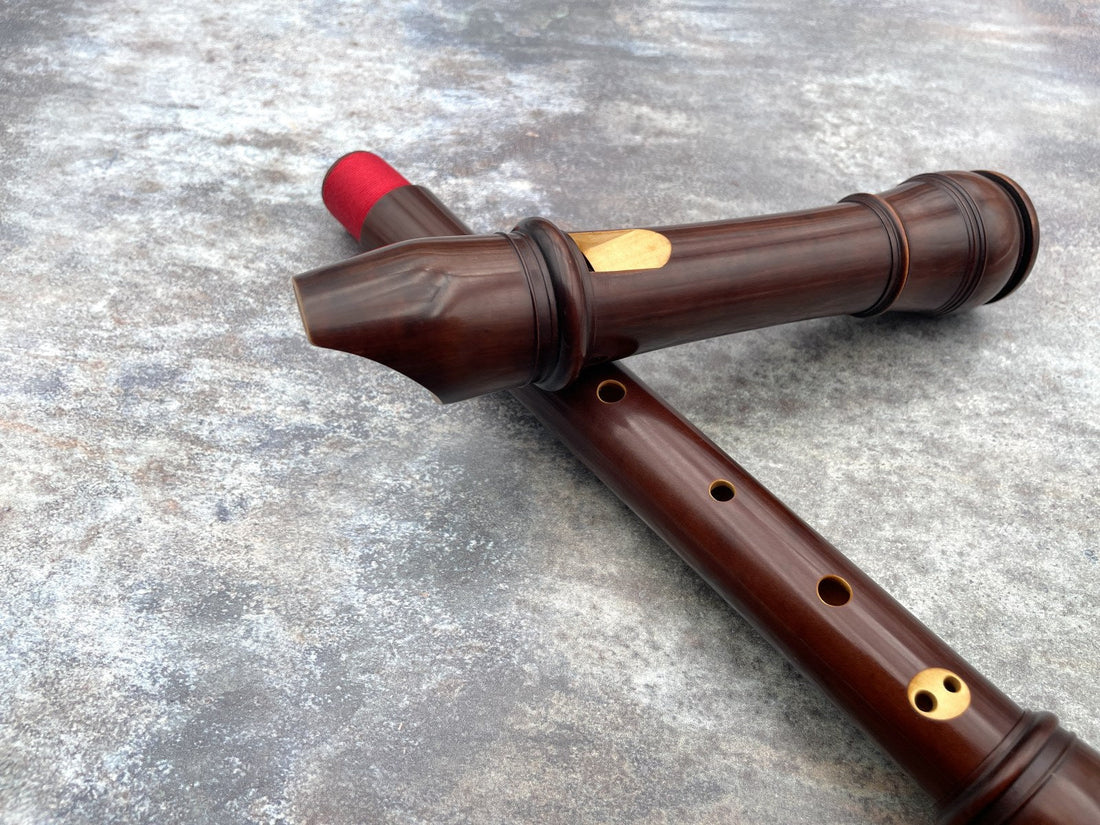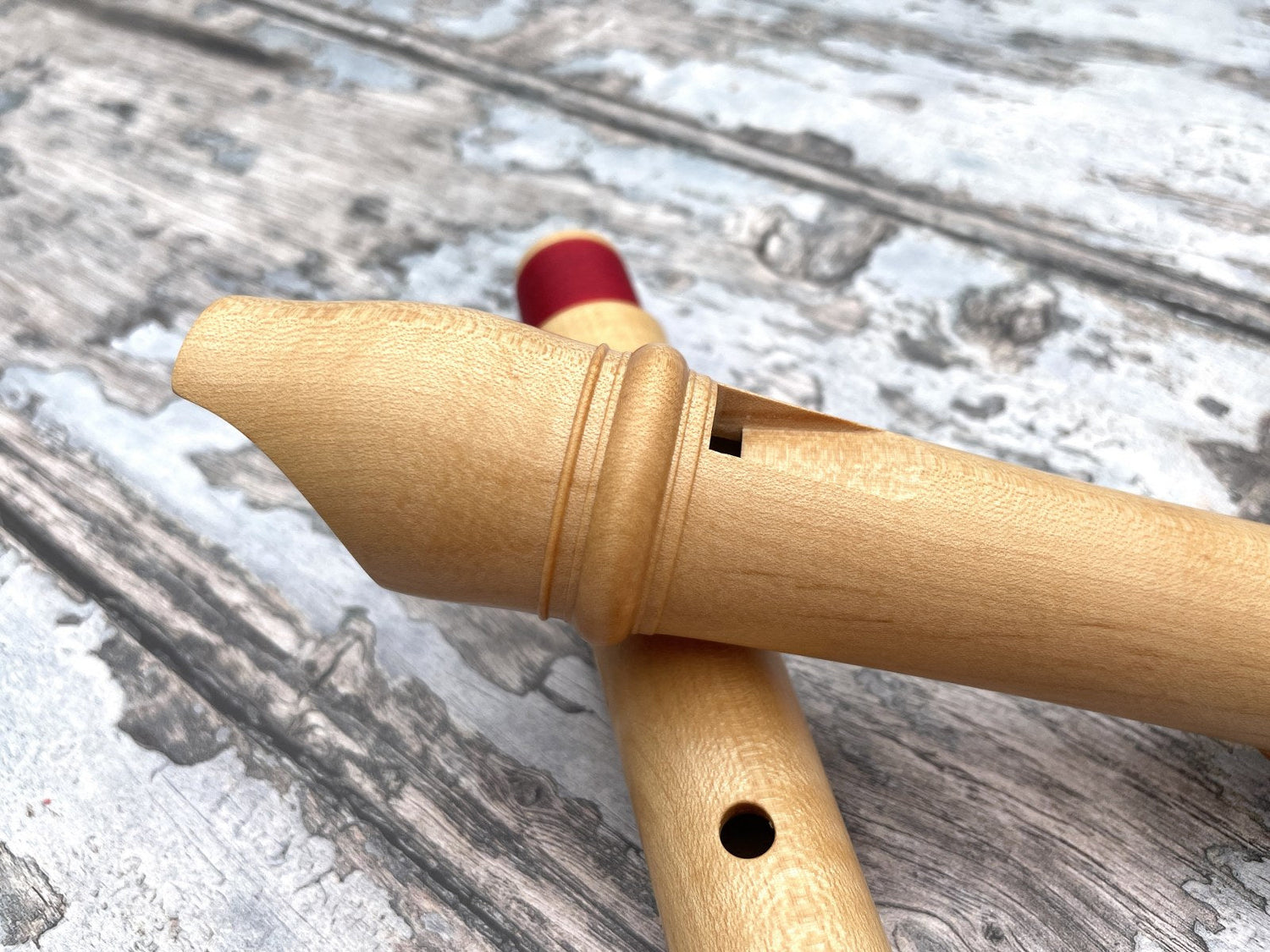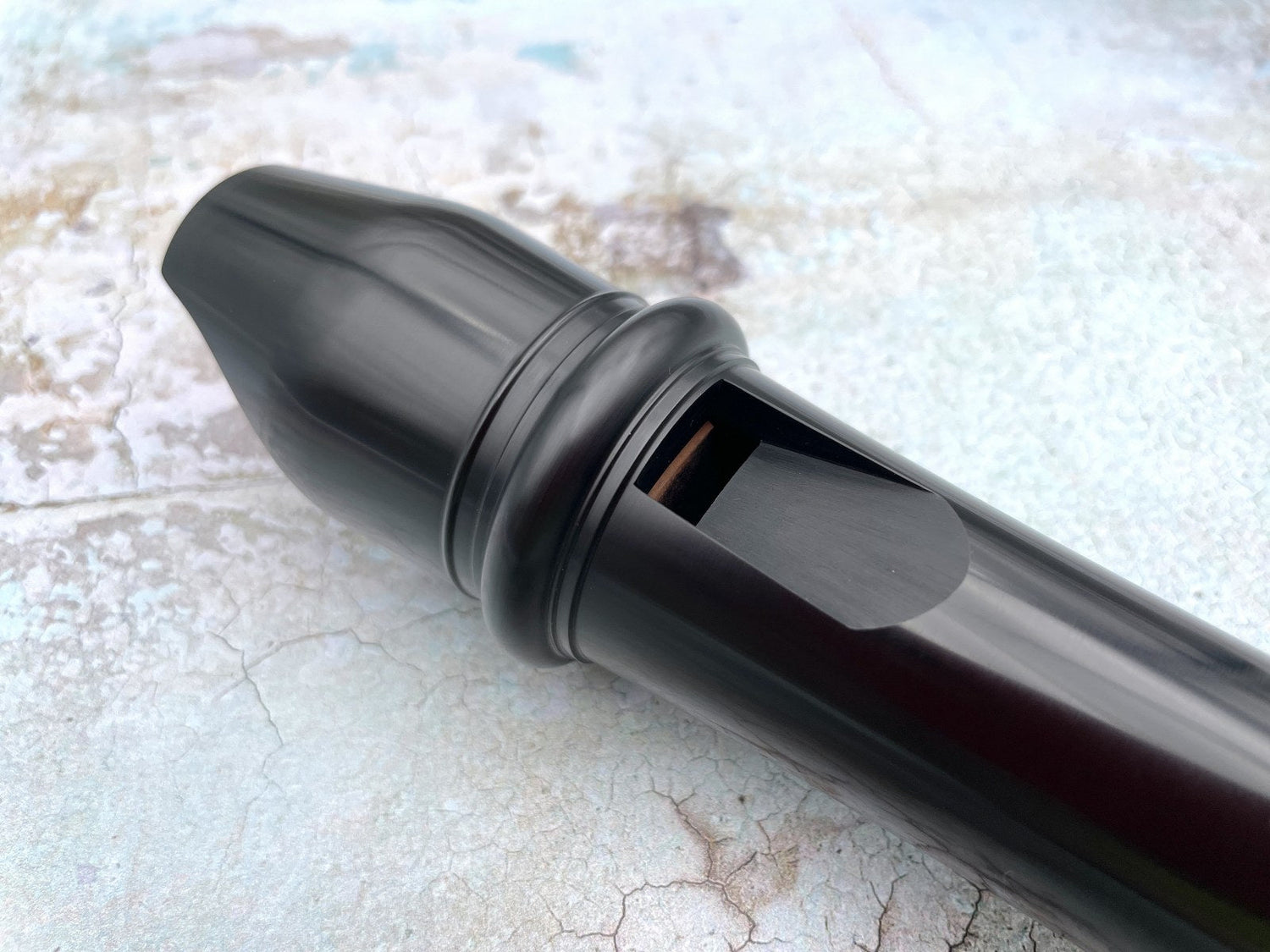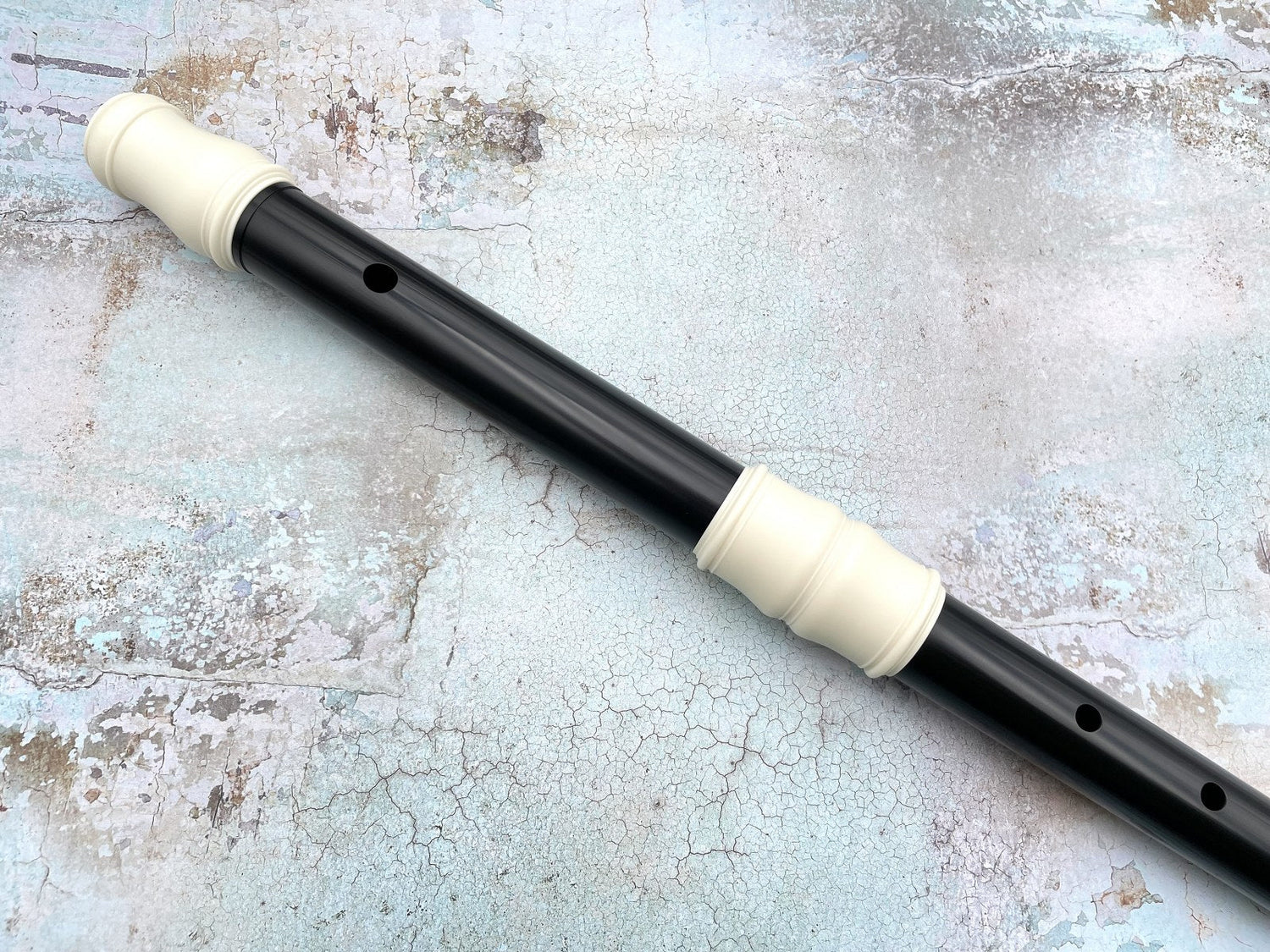How to characterize recorders

Partagez
Everyone has experienced the following : it is very difficult to describe in words the experience lived on an instrument, so much are the sensations linked to the emotions felt, with the lack of neutrality which is fatally associated with them. In this article I will attempt to describe the various aspects of the sound and response of a recorder, not only by sensations, but also with the support of my experience as a maker and the physical components which I was able to relate to what I heard. I call physical components the various concrete quantities such as the profile or width of the windway, the size and angle of the exit chamfers, the thickness of the labium, its relative position in the window, or any other measurable quantity which would allow to characterize the adjustment of the whistle. The interest of this approach is to allow to differentiate certain aspects of the functioning of the instrument which, without this support, quickly lead to confusion. This is why I will ask the reader to be open-minded, and to understand that the elements that I am going to evoke are not only the result of my imagination or a subjective perception, but are related to a certain number of physical parameters which give a certain legitimacy to this analysis.
The Flexibility / Resistance couple:
Defined by the ability to vary timbre and intonation by adjusting the air pressure entering the whistle. A flexible recorder will therefore see its sound vary with the pressure, unlike a resistant one which will dampen and absorb variations with greater stability. It's all a matter of dosage here: a very resistant recorder can restrict the musical intention with a fixed sound, but an overly flexible setting can prove too fluid, unstable, and make the desired expressiveness incompatible with the intonation. A more stable voicing also offers more stability in the bass register.
The harmonics
Undoubtedly one of the least understood aspects of the sound of musical instruments, but it is also undoubtedly the most difficult to define. The most interesting instruments are often wrongly described as rich in harmonics. And yet this richness is clearly associated in physics and acoustics with a noisy instrument, with a banal and ordinary sound, without any charm. On the contrary, it is the mastery of the emission of some precise harmonics that will allow one to obtain the desired sound color, and it cannot be the result of chance. To my great surprise, I have noticed that some musicians pay little attention to it, no more than some makers. It is therefore undoubtedly the most subjective element of this study, but it is also the one on which I cannot accept any compromise.
The attacks
The speed of the attacks will define the instrument's responsiveness. As with flexibility, this element must be carefully considered and measured : too much responsiveness makes the flute delicate and temperamental, but excessive slowness in the attacks is perceived by inertia and an excessive demand for energy on the part of the player.
The opening
Will define the precision and purity of timbre, which were sought at a certain period, notably in the 70s and 80s with the recorder made by Fred Morgan. It has since been realized that more opened recorders have a softer, less bright, warmer sound, coupled with a less piercing and aggressive second register. This is the direction that has been given since the 2000s by the rising generation of recorder players, notably by Dorothée Oberlinger, Erik Bosgraaf and Maurice Steger. This type of voicing requires more airflow, and excessively opened recorders can be difficult to play. This is why here too, a compromise is necessary.
The transients
Attacks, in acoustics, are called "transients", and are audible in particular on certain organ pipes and on Consort Renaissance recorders. Marked transients offer a certain dynamism through the percussive and rhythmic side they bring. On the other hand, these attacks can interfere with the very fast features and sequences that are often found in Baroque music, notably in Vivaldi's Concertos. This is why I reserve audible attacks for Renaissance recorders, or for folk music, and why I prefer more discreet transients for Baroque instruments for which I consider the need for clearer playing.
The diagram:
Below you will find the diagram that summarizes the elements I have just mentioned : you will notice that I have contrasted the two extremes of each point considered, to better illustrate the point. This diagram is useful to me to characterize the influence of each parameter that I place in relation to its zone of influence. However, it is not intended to map an instrument, as you will be able to discover below. 
You will find below another type of diagram that takes the elements mentioned and gives them a score from 0 to 5. While this scale is questionable, particularly with regard to transients for which a score of 5 is not necessarily the best, it has the merit of allowing a visual and easier understanding of the style of voicing proposed. As you will see, the comparison between instruments is greatly facilitated by this style of graphic representation.
Opened or flexible recorders : Ernst Meyer and Fred Morgan
In the 70s and 80s, as mentioned above, Fred Morgan found a consensus with a fairly open voicing, a pure and precise sound, a lot of flexibility and suppleness in the sound, very fast and easy treble and a quite weak lower register.


How do Bernolin recorders compare?
Resistance: I consider it necessary to leave a certain latitude to the musician, and in fact a certain flexibility to the instrument, but I especially monitor the absence of saturation in the mediums and the solidity of the bass.
Harmonics: Elegance will always be the guiding thread of my work. My goal is to produce, whenever possible, instruments that stand out from the crowd.
Opening: The voicing I make today is rather open, but I remain aware of the pneumatic limits of the human machine, and the required air flow remains reasonable and accessible.
Attacks: I'm clearly moving towards a responsive instrument with relatively fast attacks. I consider this an asset in terms of ease of play. On the other hand, the air speed at the attack needs to be controlled in the lower register and for structurally delicate notes like the high C# of the Alto recorder. I remain convinced by the playing comfort and musical possibilities offered by this approach.
Transients: more pronounced for the Ganassi and Van Eyck, I prefer more flexibility in the articulations for the Baroque flutes. In any case, the transient must not become a burden for the musician or cloud the musical discourse.






